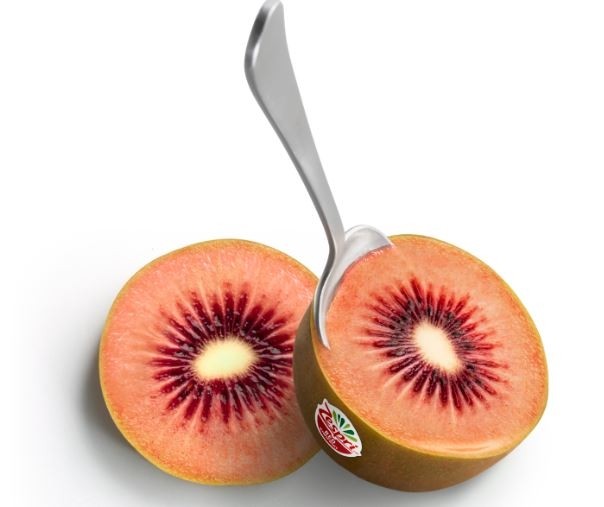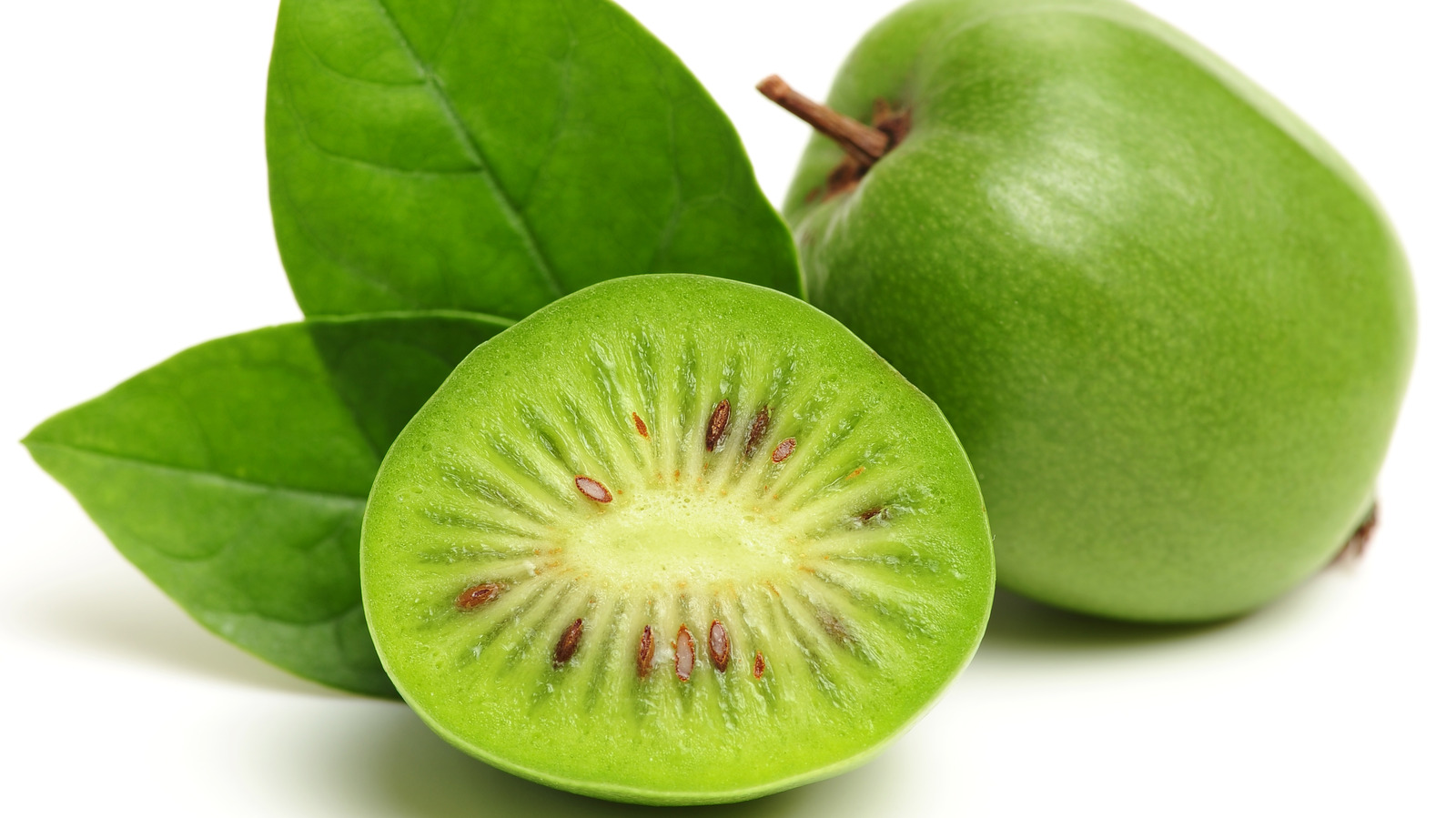Discovering the Special Qualities and Fascinating Biology of Kiwi: A Comprehensive Research
Welcome to the remarkable world of kiwi! Prepare to be astonished as we uncover just how kiwis have adapted to their flightless presence and discover their eco-friendly importance.
Physical Attributes
What are the physical qualities of a kiwi bird? Well, allow's dive right in! The kiwi bird is a little, flightless bird indigenous to New Zealand. It determines concerning 12 to 14 inches in height and considers around 2 to 7 pounds. Among the most distinct attributes of the kiwi bird is its lengthy, slim costs. This expense is not only made use of for feeding, however likewise for digging burrows in the ground.
The kiwi bird has an unique tuft, with soft, hair-like plumes that appear like fur. Unlike many birds, the kiwi has small wings that are hidden beneath its plumes and are not useful for flying.
An additional fascinating physical attribute of the kiwi bird is its nostrils found at the tip of its bill. This adaptation allows them to ferret out worms and insects, their key source of food, in the ground cover on the woodland flooring (what do kiwis taste like). Furthermore, the kiwi bird has large, rounded eyes that are adjusted for low-light conditions, as they are mainly nocturnal
Feeding Habits
To understand the feeding habits of the kiwi bird, you require to observe its foraging actions and nutritional choices. Kiwis are distinct in their feeding practices, as they are mainly nocturnal and rely greatly on their sense of smell to situate food. They have a long, slim expense that enables them to probe the ground looking for insects, worms, and various other invertebrates. These birds utilize their solid sense of smell to spot prey concealed underneath the surface, and then use their expense to remove it.
Kiwis are omnivorous, meaning they eat both plant and animal matter. Along with pests, kiwis likewise consume berries, fruits, and seeds. They have a certain fondness for fallen fruits that are abundant in sugars, such as the berries of the shrubby tororaro plant. Kiwis have actually been observed feeding upon a variety of plant types, showing their adaptability to different food sources.
Surprisingly, kiwis do not have a plant, which is a customized part of the digestive system discovered in lots of birds. Rather, their food passes straight from the esophagus to the stomach. This might be an outcome of their unique evolutionary history and environmental specific niche.
Reproduction and Breeding
Now let's look into the interesting globe of kiwi recreation and reproduction, structure upon our previous expedition of their special feeding routines. Kiwis have an instead fascinating reproductive process. They are monogamous birds, implying they develop long-term pairs. Once a set has actually created, they will certainly stay together forever, which can be up to 30 years in the wild.
Breeding period for kiwis official source generally occurs in between June and March. During this time, the women kiwi will certainly lay one to two eggs, which are unusually huge compared to the bird's body size. Kiwi eggs are the biggest of any type of bird in proportion to body weight. After the eggs are laid, both the man and female take transforms breeding the eggs, with each taking shifts that can last approximately 12 days.
Once the chicks hatch out, they are born able and fully feathery to see (what do kiwis taste like). They are also fairly precocious, meaning they have the ability to deal with themselves reasonably rapidly. Nonetheless, even after the chicks have actually hatched, the moms and dads remain to give care and defense for them up until they are fully independent, which can take a number of months.

Adaptations to Flightless Existence
As a flightless bird, the kiwi has actually undertaken numerous changes to its makeup and actions that permit it to prosper in its unique environment. Unlike various other birds, kiwis have little, vestigial wings that are basically ineffective for flying.
One more adjustment that kiwis have actually developed is their solid legs and feet. helpful hints The kiwi's legs are muscular and located much back on its body, offering it with a reduced center of gravity and optimal equilibrium.
In order to survive without the capacity to fly, kiwis have additionally established a keen sense of smell. Their lengthy, slender beaks residence extremely delicate nostrils, enabling them to detect pests and worms below the woodland floor. This impressive adaptation aids kiwis locate food resources and maintain a well balanced diet.
Ecological Value
The ecological value of kiwi lies in their role as key seed dispersers in their indigenous environment. As they move via the forest floor, kiwi forage for pests, worms, and a variety of plants. At the same time, they consume fruits and berries, which have seeds. These seeds then go through the kiwi's digestive system unhurt and are later on dispersed with their feces. This one-of-a-kind process helps in the all-natural regrowth of forests.
The kiwi's capability to spread seeds is essential for preserving the biodiversity and equilibrium of their ecosystem. By spreading seeds across various locations, they add to the growth and abundance of various plant types. Consequently, these plants give food and shelter for various other pets, creating a web of interdependencies within the environment.
Furthermore, kiwi play an important function in managing the populace of certain plant types (what do kiwis taste like). Some plants produce an excessive variety of seeds, which can result in overcrowding and limited sources for various other plants. By eating and dispersing these seeds, kiwi assistance visit their website regulate the growth of such plants, making certain a much healthier and much more varied environment
The ecological relevance of kiwi extends past their duty as seed dispersers. Their tunneling actions likewise adds to dirt oygenation and nutrient recycling, improving the general health of the woodland floor. In addition, their feeding behaviors can help regulate insect populaces, lowering the threat of bug break outs that could harm plant life.
Verdict
To conclude, exploring the special attributes and interesting biology of kiwi reveals its physical attributes, feeding behaviors, reproduction and breeding patterns, along with its adaptations to a flightless existence. With its distinct functions and ecological relevance, the kiwi acts as an exceptional example of nature's variety and adaptation. By appreciating the kiwi and recognizing's role in its ecosystem, we can additionally promote preservation efforts to make certain the preservation of this remarkable varieties for future generations.
